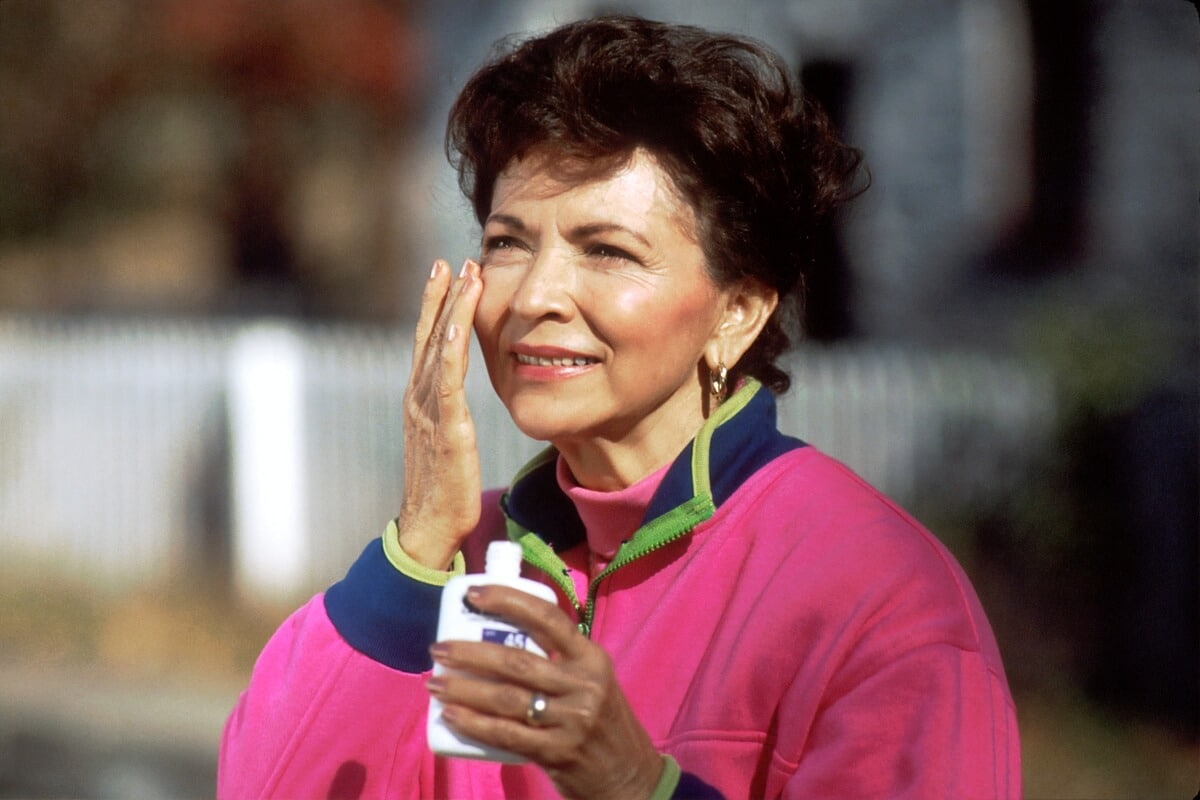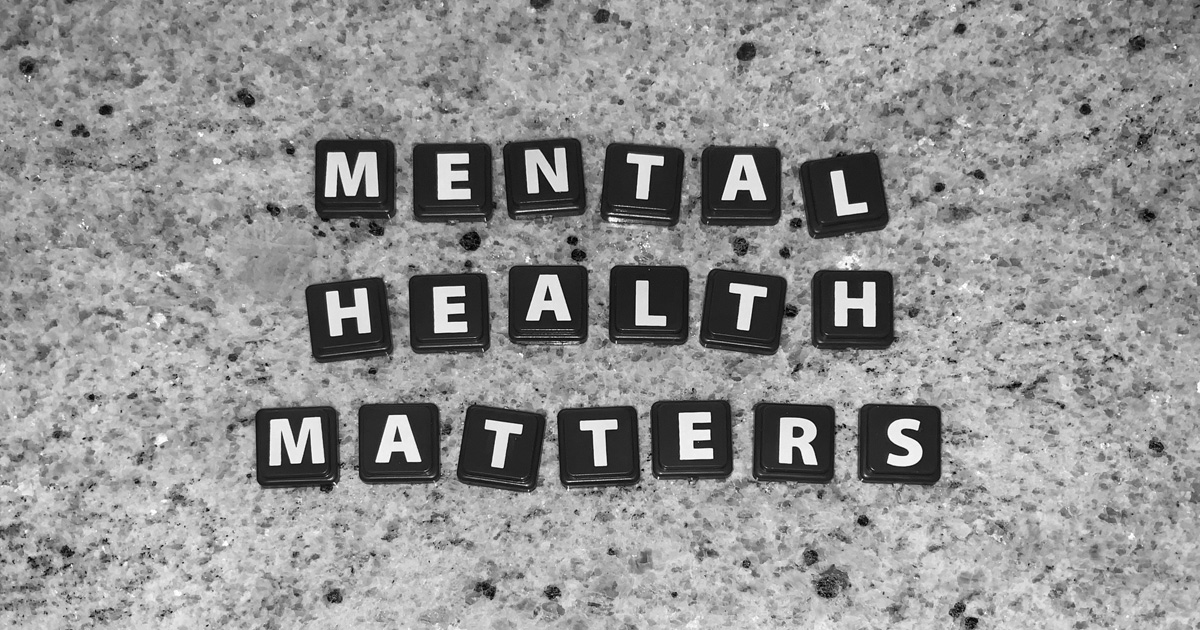
Sun Safety: A Holistic Approach
How to achieve the right amount of sun exposure for your health
What comes to mind when you hear “sun safety?” Maybe it’s slathering on sunscreen prior to stepping out the door, or maybe it’s how you avoid the sun to reduce the risk of skin cancer. Like with most things in health (and in life), it’s all about striking a balance. Sun safety is balancing the right amount of sun exposure and preventing your risk of skin cancer.
Some sunlight exposure is essential to our health. From optimizing our vitamin D levels to enhancing mood and improving sleep quality, the sun is an integral part of our daily lives.
Unfortunately, due to extended periods of time spent indoors and the overuse of sunscreen, the prevalence of vitamin D deficiency is quite common. According to a survey completed by The National Health and Nutrition Examination Survey, the prevalence of vitamin D deficiency (serum levels below 20 ngl/l) among US adults was 41.6%.
Keep reading to learn about the benefits of sufficient sun exposure and best practices for sun safety.
The Sunshine Vitamin
Vitamin D is termed the sunshine vitamin because about 50% to 90% of vitamin D is absorbed through the skin via sunlight while the rest comes from diet.
Vitamin D is an essential vitamin that acts similarly to a hormone, meaning it elicits powerful signals throughout the body. A sufficient amount of vitamin D is important for bone health, immune function, and mineral balance. Low vitamin D levels have been linked to obesity and depression, as well as osteoporosis.
If you are unsure about your current vitamin D status, prompt your health care provider to complete a simple blood test. Depending on your results, you may want to prioritize food sources of vitamin D (like salmon and sardines), additional sun exposure, and/or supplementation as recommended by your healthcare provider.
Natural Mood Enhancer
Regular and sufficient sunlight exposure naturally increases a specific brain chemical, called serotonin. Proper serotonin levels are associated with feelings of happiness and motivation, whereas low serotonin levels may lead to anxiety, nervousness, and sleep disturbances.
Optimize Your Sleep
Sunlight sends a powerful signal to our brain and helps maintain the body’s natural cycles. One of these cycles, the wake-sleep cycle, is linked to the body’s circadian rhythm. To feel energized during the day and ready for sleep at night, this cycle needs to be well-regulated. Going for a walk in the morning and absorbing sunlight (without sunglasses) can help sync your cycle, naturally.
How to Achieve The Sun You Need
So how do you safely assess your sun needs? In order to produce enough vitamin D, it is recommended to expose your skin to the sun prior to applying sunscreen. The duration of appropriate sun exposure depends on your skin type and the season.
For fair skin, this exposure time may be about 15-20 minutes, while darker, more pigmented skin tones may need an additional 30 minutes. Note: Ultraviolet rays (UV rays) are stronger in the spring and summer, so you may not need as much time during these seasons.
Beware if you notice your skin turning slightly red; this is a sign that you should apply sunscreen before exposing your skin to more sun.
If you plan on being outdoors for extended periods of time (hiking or lounging by the pool), take the necessary precautions by protecting sensitive high-risk burn areas (face, hands, arms) via clothing and sunscreen.
Safe Sunscreen Options
Stick to a broad-spectrum sunscreen that has a minimum sun protection factor (SPF) of 15. Also, consider sunscreens that do not contain harmful chemicals (i.e., oxybenzone, octinoxate, homosalate, nanoparticles). These chemicals are dangerous to both your health and the environment. Safer sunscreen ingredients include titanium dioxide and zinc oxide.
If you are not sure about the safety of your current sunscreen, you can find out by downloading the EWG App. This app allows you to scan the barcode of your sunscreen or the sunscreen you are considering, and give you a safety score based on its ingredients.
Concluding Remarks
We have been taught to lather up with sunscreen prior to stepping foot outdoors. However, monitoring our sun exposure with the right amount of sunscreen allows us to strike that balance between sun health and sun safety. With vitamin D being such an important vitamin and now, a common deficiency, we need to take the necessary lifestyle precautions to optimize our health and wellness.
Our Employee Wellness Program
If you enjoy this type of information and would like to learn more about Valley Schools’ exclusive wellness program, WellStyles, reach out to us. We’d love to hear from you!



